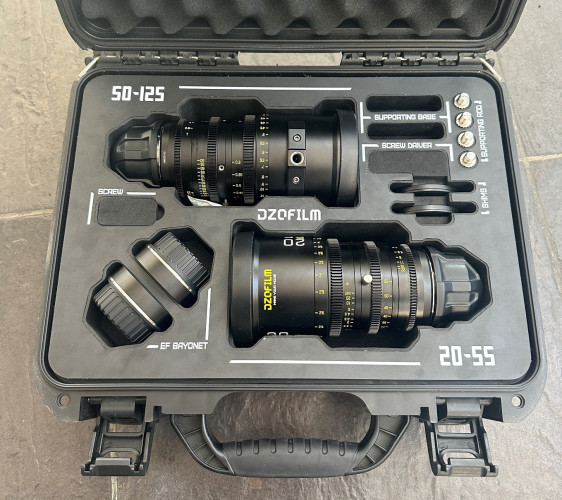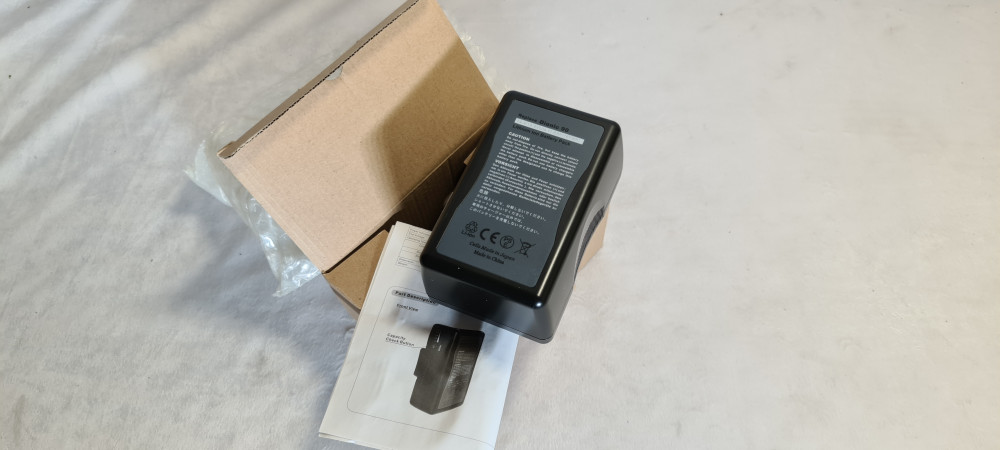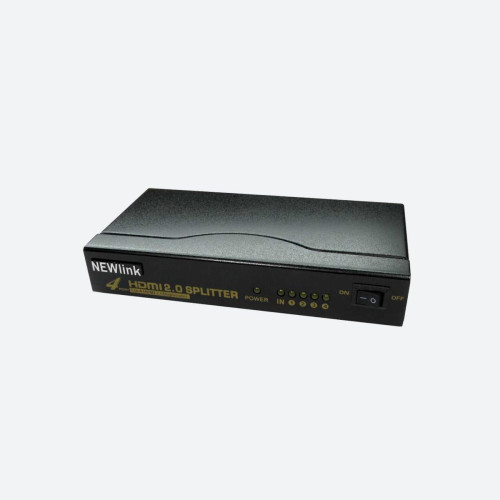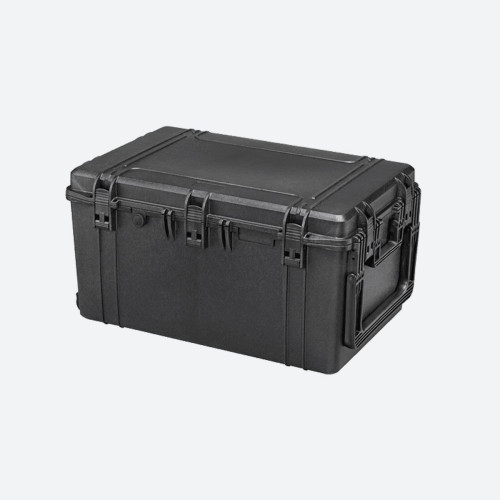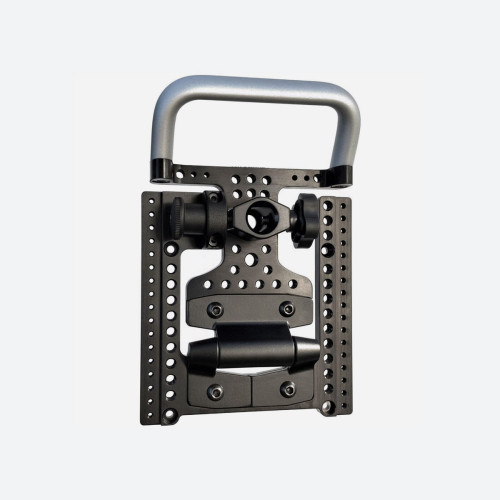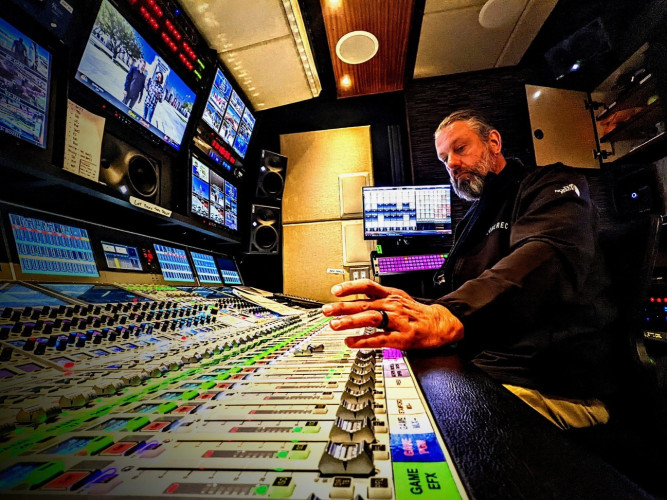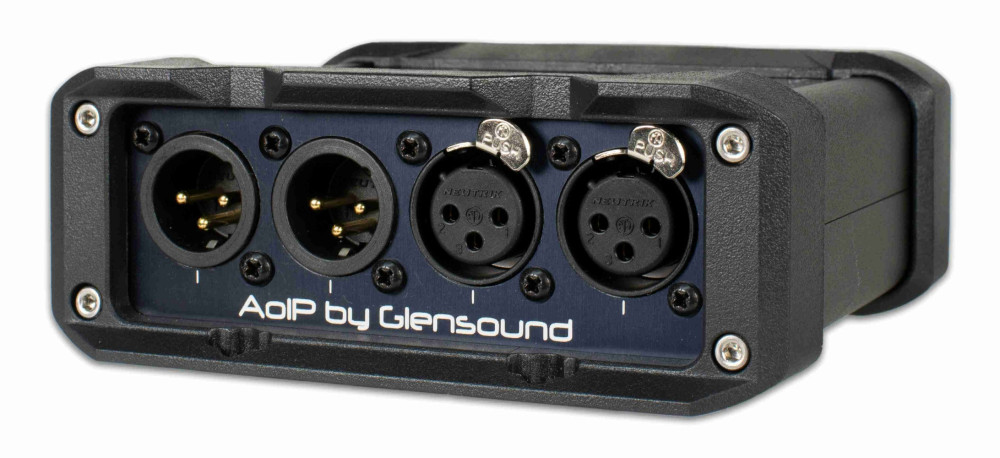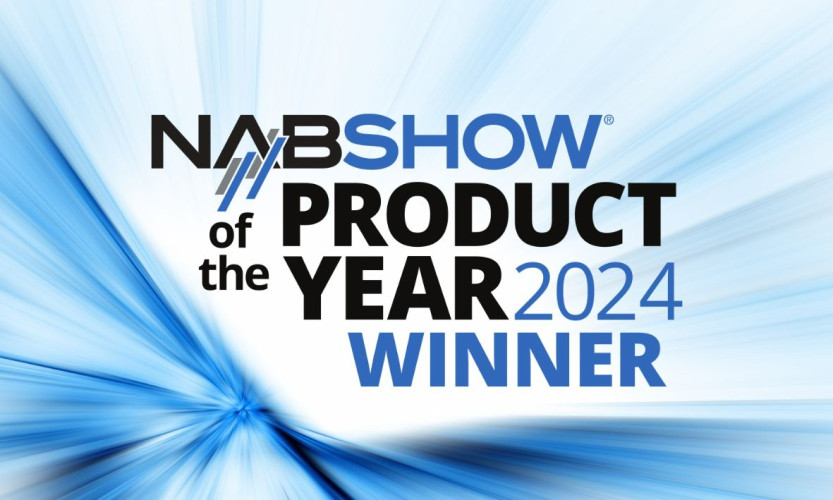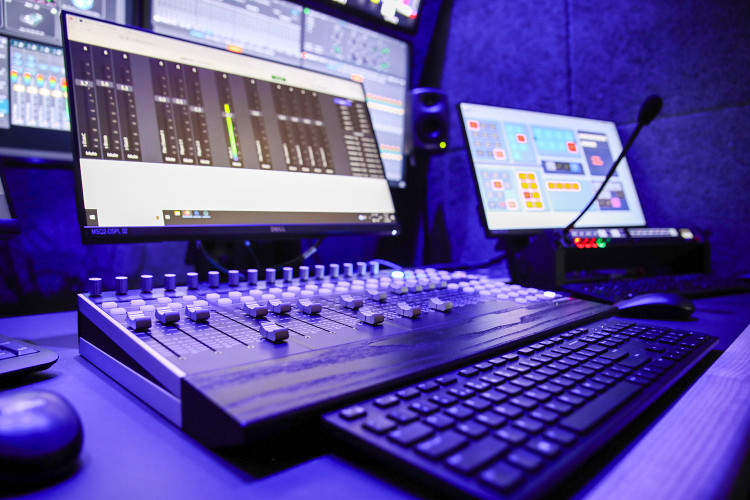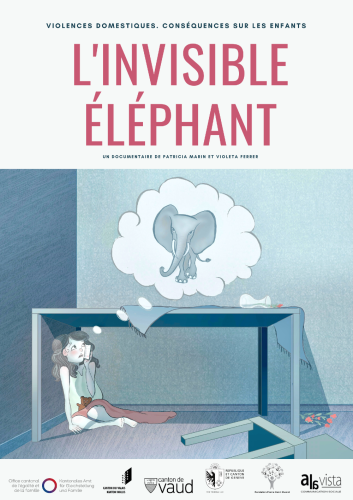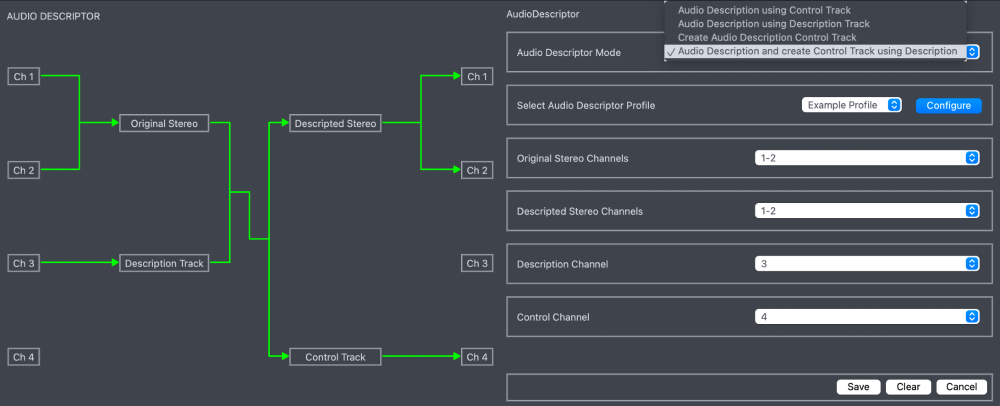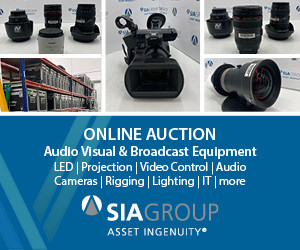by KJ Kandell
Issue 79 - July 2013 What are Captions?
Captions (also known as subtitles) are coded signals that are sent along with the video and are decoded at your television or cable box to provide the audio track of the programming as white or colored text over a background. Captions can be open or closed. Open captions are always visible while the far more popular closed captions can be turned on or off by the viewer. Captions provide a critical link to content (particularly news) for people who are deaf or hard-of-hearing. For those who dont speak English, English-language captions help to improve comprehension and fluency while improving literacy skills. And lastly, a very common and sometimes overlooked use for captions is in environments like a restaurant or gym where the audience cant hear the audio but can still read the captions.
Why is it important to monitor the presence of close captioning and language captioning?
In the United States, the National Association of the Deaf laid out a list of desires related to closed captioning, including establishing rules and minimum standards for closed captions, requiring continuous monitoring to find and fix problems quickly, and fines for broadcasters that violate the rules.
The U.S. Federal Communications Commission (FCC) took those demands into consideration and passed the Twenty-First Century Communications and Video Accessibility Act (CVAA), which made regulated closed captioning the law for anyone broadcasting content on TV or over IP to viewers in the United States.
Given the aging of the population, the hearing impaired are a significant and growing part of the viewing public. Statistics in most countries show that perhaps as much as 10% of people are deaf or hearing impaired. It is important that everyone have equal access to content.
Compliance reports when and why do you need them?
Under TV captioning rules, content distributors must demonstrate their compliance on a quarterly basis. To do it, they may rely on program sources such as networks, producers, or syndicators to certify that that the programming is either captioned or exempt. For example, cable operators may rely on certification from programming networks that the channel is in compliance with the captioning rules. Similarly, broadcast stations and programming networks may rely on program producers, syndicators, or owners to certify that acquired programming is either captioned or exempt from the rules. If a program source falsely certifies that programming delivered to the distributor meets the requirements, then the distributor will not be held responsible (unless the distributor is aware of the false certification).
Otherwise, the burden is on the distributor to prove compliance. Typically distributors negotiate compliance-demonstration provisions into their carriage agreements with sources, requiring program networks to certify on a quarterly basis that their programming is in compliance with the FCCs captioning requirements. Because distributors rely on certification from their program sources, and program sources will be on the hook if they supply a false compliance report, it is important for everyone in the delivery chain to put mechanisms in place for verifying compliance and creating the requisite reports (either manually or automatically). Distributors and sources must maintain their reports for a certain amount of time in the event that they are called on to prove their compliance. What is language verification and why is it needed?
The digital assets broadcasters work with are becoming more and more complex, especially on an international level, where a video asset might have 16 different language tracks. It is important that broadcasters are able to verify that the language being broadcast is the one that is intended. With various SAPs available, it is conceivable that the wrong audio program channel could be attached to any given piece of video content. Language verification is just one more step in a process of complete quality control that is carried out to ensure that all is as it should be. Verification tools can be employed at numerous places in the playout chain to minimize errors that is, to be able to locate errors quickly and correct them promptly. Content distributors and playout facilities are frequently finding the languages tracks are not properly labeled and it is prohibitively expensive to have staff on hand to be able to speak 16+ languages.
What are video descriptions?
Video descriptions are audio-narrated descriptions of a television programs key visual elements and are also referred to as audio descriptions. These descriptions are inserted into natural pauses in the programs dialogue. Like captions for the deaf or hard of hearing, video descriptions make TV programming more accessible to people who are blind or visually impaired.
What do all of these things have in common?
All of these elements closed caption compliance, language identification, and video descriptions require compliance with various laws around the world, so they all must be monitored continuously within a complete, broadcast-specific workflow that includes a great deal of quality control. The key to continuous monitoring is audio analysis, the method of automatically analyzing the audio content to extract useful information, along with a form of automatic speech recognition that can identify specific spoken sounds, words, and phrases.
The right quality control (QC) tools based can be applied at any point in the process from ingest through playout and beyond to minimize errors and ensure compliance. How does the QC technology work?
There are many QC solutions available, but the key is to find one made for broadcast and IP workflows that automatically validates and aligns video descriptions and subtitles, identifies language, and helps you determine where in the life of the asset a problem originates all so that it can be corrected before it hits the airwaves or the Internet. Such a solution not only helps avoid fines, it also reduces operating expenses by automating manual processes, and improves quality for viewers.
In order to verify the video description, a QC solution must be able to analyze the program audio and the secondary audio program (SAP), compare the program audio tracks against one another, and identify all segments in which the audio is not identical. It also must be able to identify the primary spoken language of the program audio and the SAP.
To check for closed caption compliance, the right solution will be able to identify and compare the primary spoken language of the program audio and the caption text. If the languages match, it must then be able to verify that the caption text matches the program audio and whether the caption timing is correct, and determine the level of caption coverage for the program based on the difference between the segments with accurate caption information and the voice activity.
Finally, in addition to checking closed caption accuracy we measure whether the caption file generally matches the video and the timing, but caption accuracy is comprised of many more variables, the ideal QC solution should be able to repair misaligned caption files. One way to do this is to compare the time codes of the words spoken in the audio track to the time codes in the caption file. Adjustments can be made to the time codes in the caption file so that the captions are aligned with the spoken words, returning a new caption file ready for distribution.
What is the traditional process for doing QC, and why is it better to use tools based on audio analysis technology?
Traditionally, broadcasters and others in the delivery chain must verify compliance manually by simply capturing and archiving content and then reviewing it if a complaint is made. Its a cumbersome, labor-intensive process that is prone to errors.
There have been many quality control products available for video analysis, audio quality, loudness, and more, but nothing for language and caption verification until now. Nexidia QC offers a completely automated way to manage language and caption compliance. Using Nexidias patented technology, this tool overcomes the challenge of ensuring content is being created, edited, and distributed in the right languages with the correct captions at the right times. It automates manual processes, thus reducing operating expenses, and automatically identifies errors to avoid fines and improve quality for viewers across all platforms. Broadcasters with multiple channels and outlets can assure compliance more easily and efficiently than ever before.
8 questions about QC and language-based tools for captioning

Author: KJ Kandell
Published 1st August 2013



